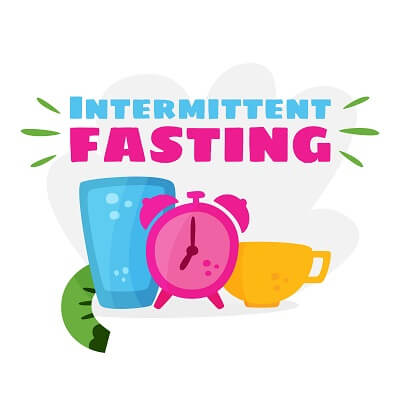The Whole30 diet is not a simple diet that is simply designed to help you eat less calories, or a particular set of food. It is an eating methodology designed to reduce your cravings, cure digestive issues, rebalance hormones, boost energy levels, improve medical conditions, and boost the immune system functionality. Essentially, it is a holistic approach to overall improving your body’s health.
The basic theory behind the Whole30 diet is that many health issues, both mental and physical, are majorly the result of your diet. This includes allergies, aches and pains, bad sleep, etc. Although we know that food can affect these conditions, we can’t be sure which food is causing them without resetting our body and seeing through our “food fog”. The way to do this, is to cut out food groups for 30 days, i.e. legumes, sugar, grains, alcohol, dairy, etc. You will be able to tell what food group is causing what problem when you experience a reaction after reintroducing them.
How does Whole30 Diet work?
To carry out the Whole30 diet, you basically need to commit to eating real, whole foods for 30 days. This is essentially non seasoned meat and vegetables. Consuming any sugar, grains, dairy – any type of cheating will cause you to restart a new 30 day cycle. You have to complete the full 30 day cycle to allow your body to heal from the irritation caused by inflammatory foods. It is the only way to achieve a true hard reset. While completing your 30 day reset, there is no need to count calories, you should eat normally. This is in part to change your relationship with food and to teach you to consider your portion sizes and levels of satiety naturally.








